Top 10 Stone Circles Older Than Stonehenge
Stonehenge is often celebrated as one of the most iconic prehistoric monuments in the world, but it is not the oldest stone circle. Various stone circles predating Stonehenge can be found across Europe, each with unique historical and cultural significance. These ancient structures provide insight into the ceremonial practices and social organization of the communities that built them, showcasing the architectural ingenuity of their time.
Among the top ten stone circles older than Stonehenge, sites like the Ring of Brodgar in Orkney, Scotland, and the Avebury Circle in Wiltshire, England, stand out for their scale and historical importance. The Ring of Brodgar, dating back to around 2500 BC, is part of a UNESCO World Heritage site and features a monumental stone arrangement that likely played a role in ritualistic gatherings. Avebury, on the other hand, is one of the largest stone circles in Europe, built around 2800 BC, and is surrounded by a massive earthwork. Other notable sites include the Callanish Stones in the Outer Hebrides and the Merry Maidens in Cornwall. These ancient circles not only predate Stonehenge but also reveal the diverse cultural practices of Neolithic societies, reflecting their beliefs in the cosmos and the sacred nature of the landscape. By studying these structures, archaeologists gain valuable insights into early human life, ritual, and the development of complex societies long before the rise of written history.

 View All
View AllGöbekli Tepe - Ancient site with monumental pillars and enigmatic carvings.

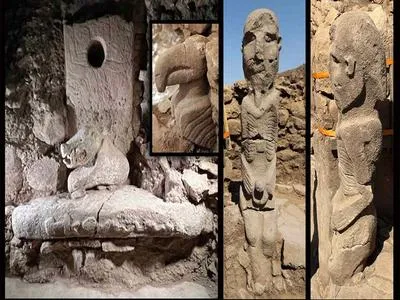 View All
View AllKarahan Tepe - Ancient Neolithic site in Turkey, predating Stonehenge.

 View All
View AllBaalbek - Ancient Roman ruins with massive stone blocks in Lebanon.

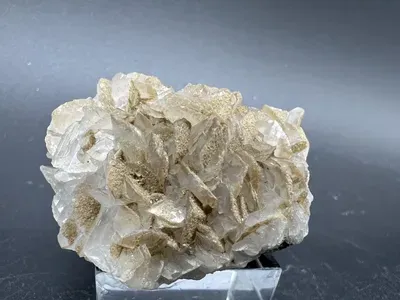 View All
View AllKámen Příbram - Ancient stone circle in Czech Republic, pre-dating Stonehenge.

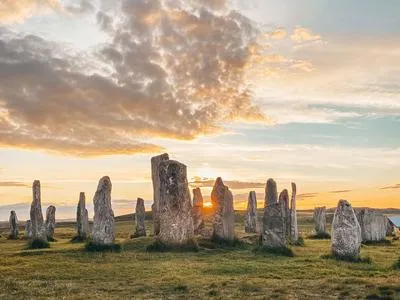 View All
View AllCallanish Stones - Mysterious ancient stone circle on Lewis, Scotland.

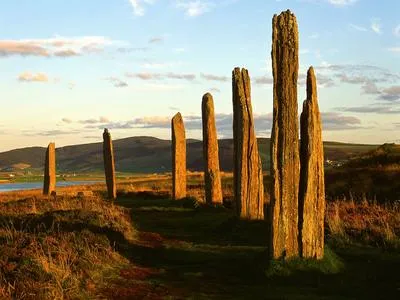 View All
View AllRing of Brodgar - Neolithic stone circle in Orkney, Scotland; ancient and mystical.

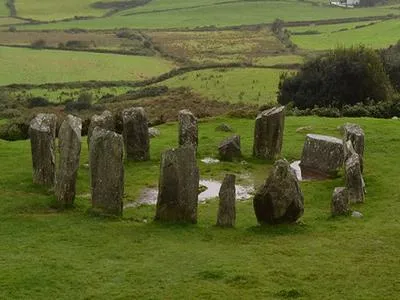 View All
View AllDrombeg Stone Circle - Ancient Irish stone circle, significant prehistoric ritual site.

 View All
View AllTregiffian Burial Chamber - Prehistoric burial site in Cornwall, England.

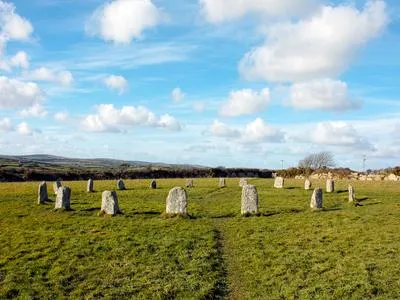 View All
View AllThe Merry Maidens - Neolithic stone circle in Cornwall, England; ancient and mysterious.

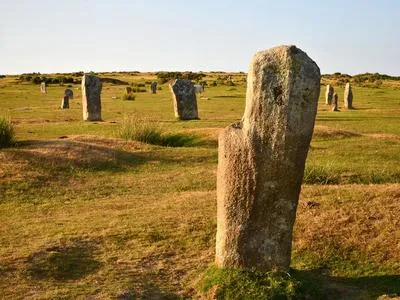 View All
View AllThe Hurlers - Prehistoric stone circle in Cornwall, England; ancient ceremonial site.
Top 10 Stone Circles Older Than Stonehenge
1.
Göbekli Tepe
Pros
Significant archaeological site
Offers insights into prehistoric religion
Challenges traditional theories of civilization
Uncovers ancient craftsmanship
Attracts global research interest.
Cons
Limited accessibility for visitors
ongoing excavation challenges
potential for damage from weather
lack of comprehensive interpretations
and funding constraints for research.
2.
Karahan Tepe
Pros
Significant archaeological discovery
Provides insights into prehistoric societies
Potential ritualistic site
Early example of monumental architecture
Challenges existing historical timelines
Cons
Limited excavation data
unclear purpose
potential for reconstruction bias
vulnerable to climate change
accessibility issues for researchers.
3.
Baalbek
Pros
Impressive ancient architecture
rich historical significance
stunning mountain backdrop
UNESCO World Heritage Site
vibrant local culture.
Cons
Limited accessibility for tourists
high temperatures in summer
site management challenges
potential for overcrowding
environmental degradation risks.
4.
Kámen Příbram
Pros
Ancient cultural significance
unique architectural features
alignment with celestial events
rich archaeological findings
stunning natural landscape.
Cons
Limited archaeological research
unclear historical significance
difficult accessibility
potential damage from weathering
lesser-known compared to other sites.
5.
Callanish Stones
Pros
Cultural significance
stunning aesthetic
astronomical alignment
historical mystery
tourist attraction
Cons
Limited accessibility for visitors
potential for weather-related erosion
lack of detailed historical context
crowded during peak tourist season
potential for vandalism or damage.
6.
Ring of Brodgar
Pros
Historical significance
stunning natural scenery
impressive engineering
rich archaeological findings
cultural heritage of Neolithic people.
Cons
Limited accessibility for visitors
potential weather-related damage
less archaeological research compared to other sites
tourist crowds can detract from experience
nearby modern developments may affect the site’s ambiance.
7.
Drombeg Stone Circle
Pros
Ancient cultural significance
Stunning scenic location
Easy accessibility for visitors
Unique archaeological features
Rich historical lore
Cons
Limited accessibility for visitors
weather conditions can be harsh
potential for overcrowding during peak seasons
lack of detailed information on-site
nearby modern developments affect ambiance.
8.
Tregiffian Burial Chamber
Pros
Historical significance
Unique architectural design
Surrounded by beautiful landscapes
Connection to ancient rituals
Accessible for visitors.
Cons
Limited accessibility for visitors
potential damage from weathering
lack of comprehensive historical documentation
remote location
and minimal tourist facilities.
9.
The Merry Maidens
Pros
Ancient historical significance
Unique stone circle design
Stunning natural surroundings
Easy accessibility for visitors
Rich local folklore and legends.
Cons
Limited archaeological evidence
less known historical significance
smaller size compared to other circles
potential tourist overcrowding
accessibility issues.
10.
The Hurlers
Pros
Ancient historical significance
stunning natural setting
intriguing archaeological features
easy accessibility for visitors
rich local folklore.
Cons
Limited access due to remote location
potential vandalism risks
unclear historical significance
lack of visitor facilities
weather-dependent visibility.
Similar Topic You Might Be Interested In
- Top 10 Ancient Ruins Hidden in the Jungle
- Top 10 Archaeological Sites Rediscovered in the Last Century
- Top 10 Roman Amphitheaters Outside Italy
- Top 10 Historic Villages Preserved in Time
- Top 10 Viking Sites and Relics in Europe
- Top 10 Medieval Castles Built on Cliffs
- Top 10 Fortified Cities from Ancient Civilizations
- Top 10 Famous Battlefields to Visit
- Top 10 Best-Preserved Medieval Walled Towns
- Top 10 Limestone Caves with Underground Rivers